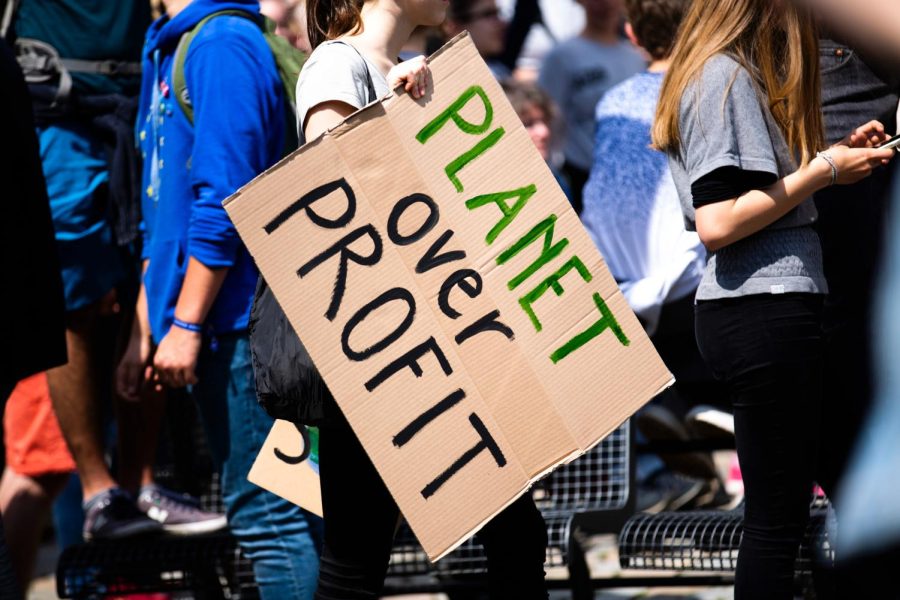A big impact of this influx of electric cars is the stress on many power grids throughout the USvia charging stations. . This has impacted the amount of energy needed to be produced by US electric companies. With more stress on the existing infrastructure, the companies are starting to have rolling blackouts in some cities in the US. Creating more of a demand for electricity could cause more rolling blackouts in more and more cities across the country.
But rolling blackouts are only one of the problems with the lack of energy available. As the need to produce electricity grows, the more we burn fossil fuels (coal, natural gas, and petroleum) to reach the demand. Today in the US, according to the US Energy Information Administration, we still get over 61% of our energy needs from fossil fuels, while the other 38% are from renewable/nuclear sources. Most of the fossil fuels used are coal and natural gas with just a small amount being from oil. However, the overall emissions that come from the energy generated are much smaller than gasoline-powered vehicles.
However, electric cars themselves produce far more emissions when being manufactured than gasoline cars according to USA Facts. This is mostly caused by the mining of Lithium Iron for the batteries that all-electric cars use now, causing electric cars to start off with almost 50% more emissions than their gasoline counterparts. It takes gas-powered cars just over three years to have the same overall emissions. Then, of course, electric cars will have fewer emissions if you have it for longer than 3 years.
But do we even have enough chargers to charge all these cars? The answer is no. This is due to not only the range of electric vehicles but also the places where chargers have been put. According to President Biden, “The Great American Road Trip is going to be fully electrified.” He said this after sending Energy Secretary Jennifer Granholm to set out on a four-day EV road trip this summer to prove once and for all that it was possible for electric vehicles to serve the same functions as gasoline-powered cars. However, according to an NPR reporter in the EV convoy, they had trouble finding places to charge the cars. It was in Grovetown, GA where a family called the police on the staffer of Granholm who was sitting in the space for a fast charger with their gas-powered car. The Energy Department staff sent other vehicles to slower chargers until both the rightfully frustrated family and the secretary had room to charge smoothly over the situation.
This is the problem that many electric vehicle owners are having with limited fast chargers. There are so few across the US that it can make road trips like the one referenced above difficult for families. There are either not enough chargers in a certain area or there are but half of them are out of order. This can cause issues as people plan out their trips because they may arrive at a charging station that does not work. According to Louder With Crowder, this is what happened to Dalbir Bala as he was driving from his hometown in Canada to Chicago. While stopped in Minnesota he went to charge his $80,000 electric truck but all of the chargers were out of order and no one could tell him why. This caused his family to ditch their truck and have to rent a gasoline-powered car to finish their road trip.
This fear of long-distance travel is now being called “range anxiety” and is pushing many people away from electric vehicles because they do not want to have to abandon their 50+ thousand dollar car on the side of the road. Most electric vehicles have a range of under 200 miles while most gas-powered vehicles have 2-3x as much range. This causes some families to rent gas-powered cars instead of using their electric cars when they have long-distance road trips.
In order to make electric car policies a reality, we need to start investing in the infrastructure around these vehicles and improve their reliability and range to make them usable in the world today.













